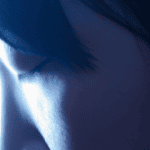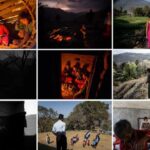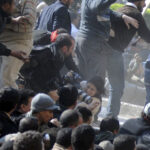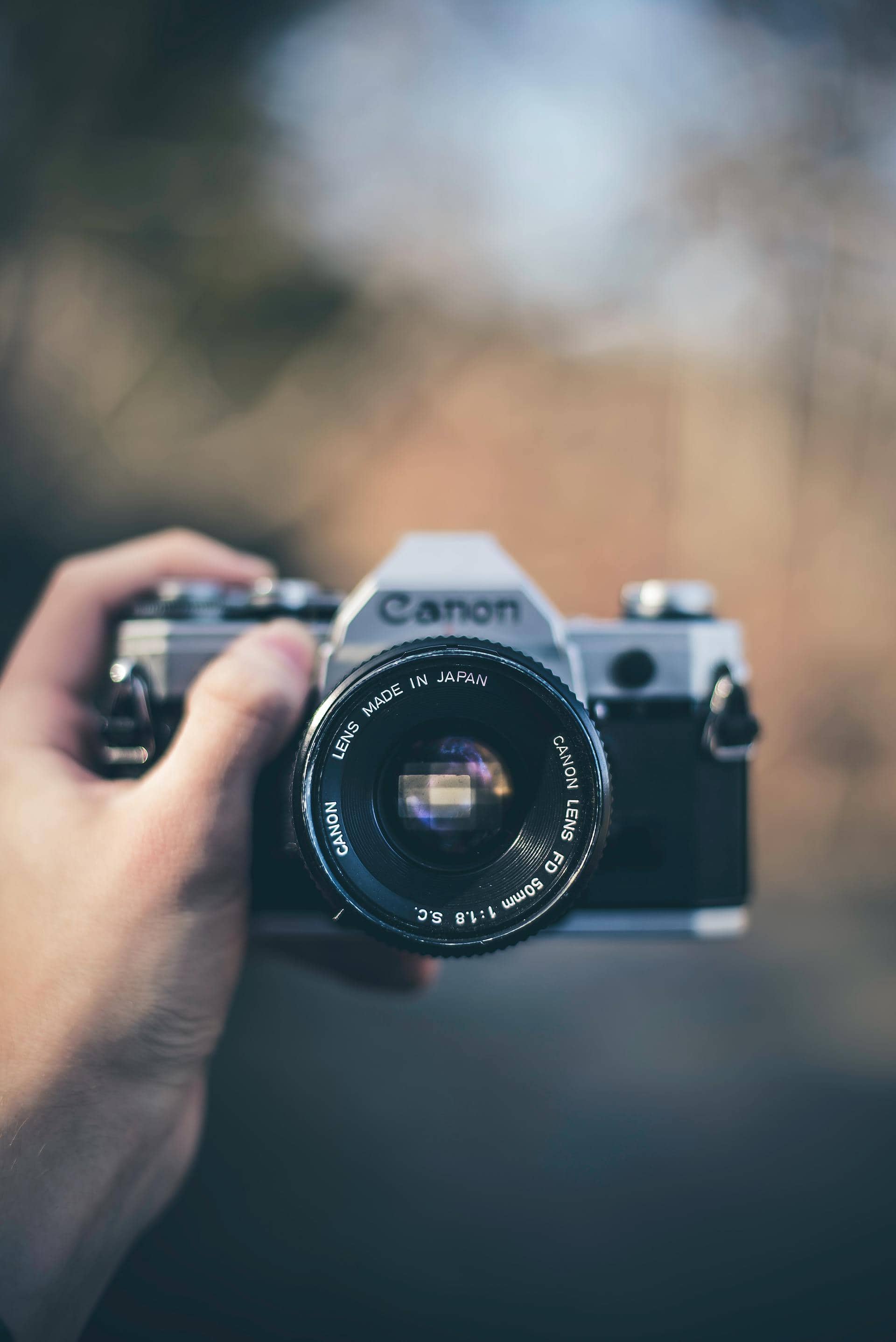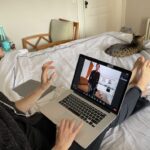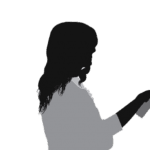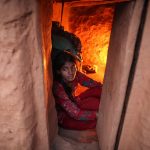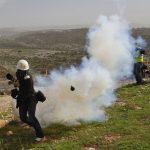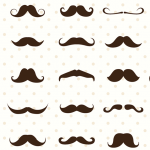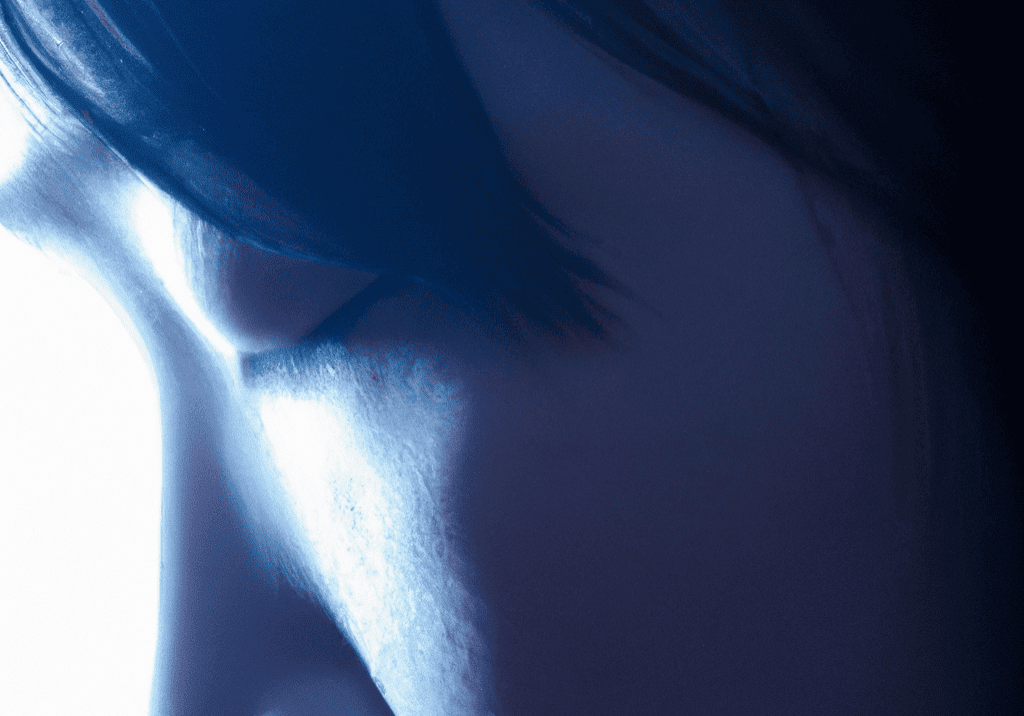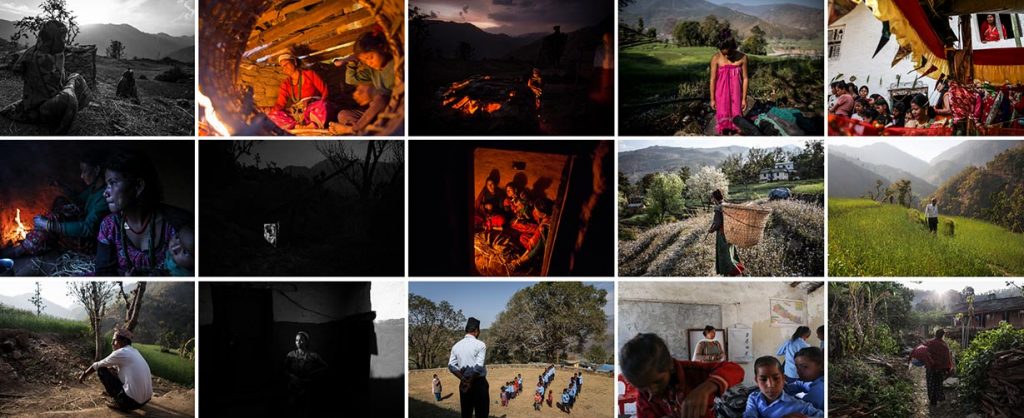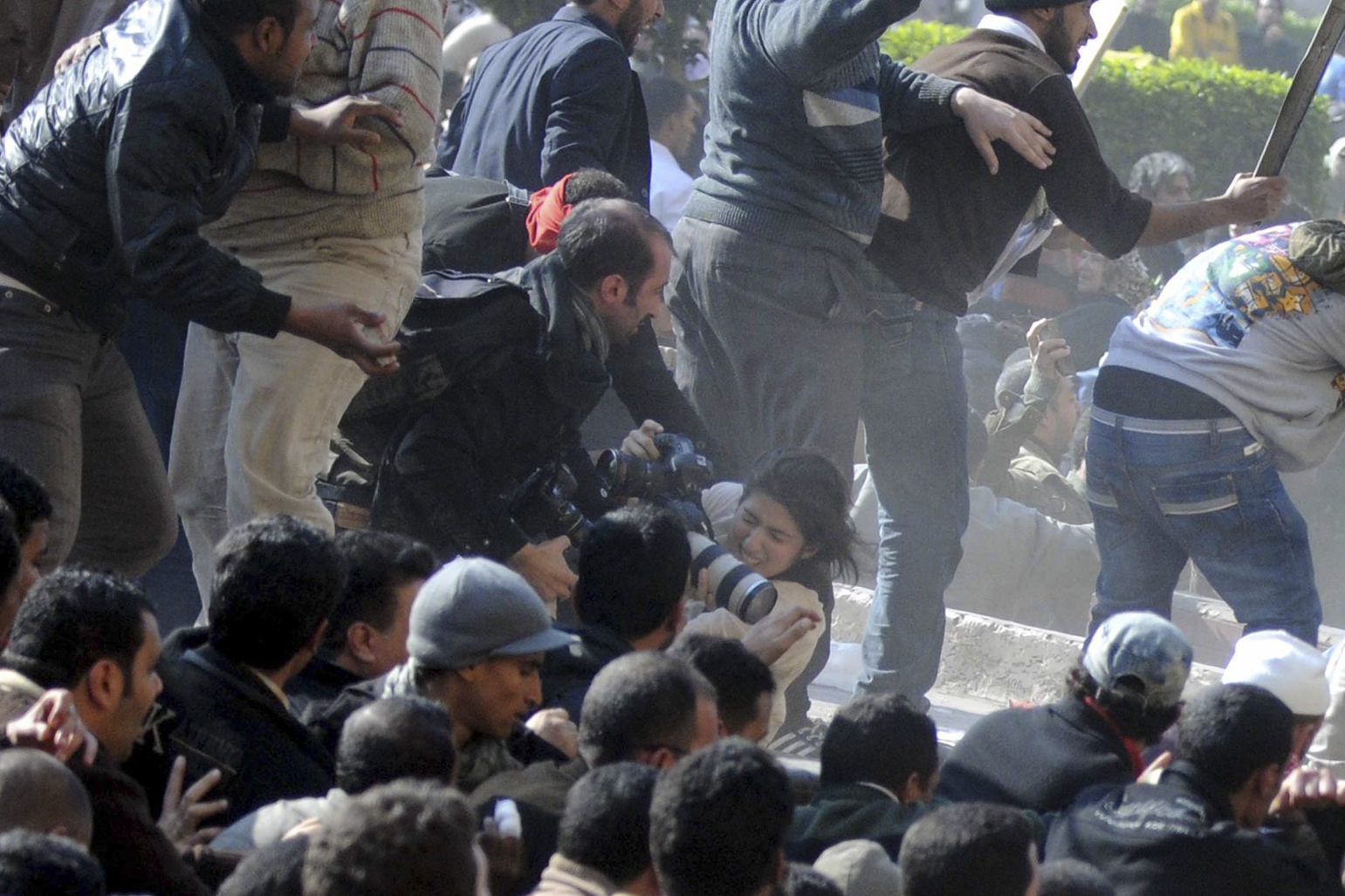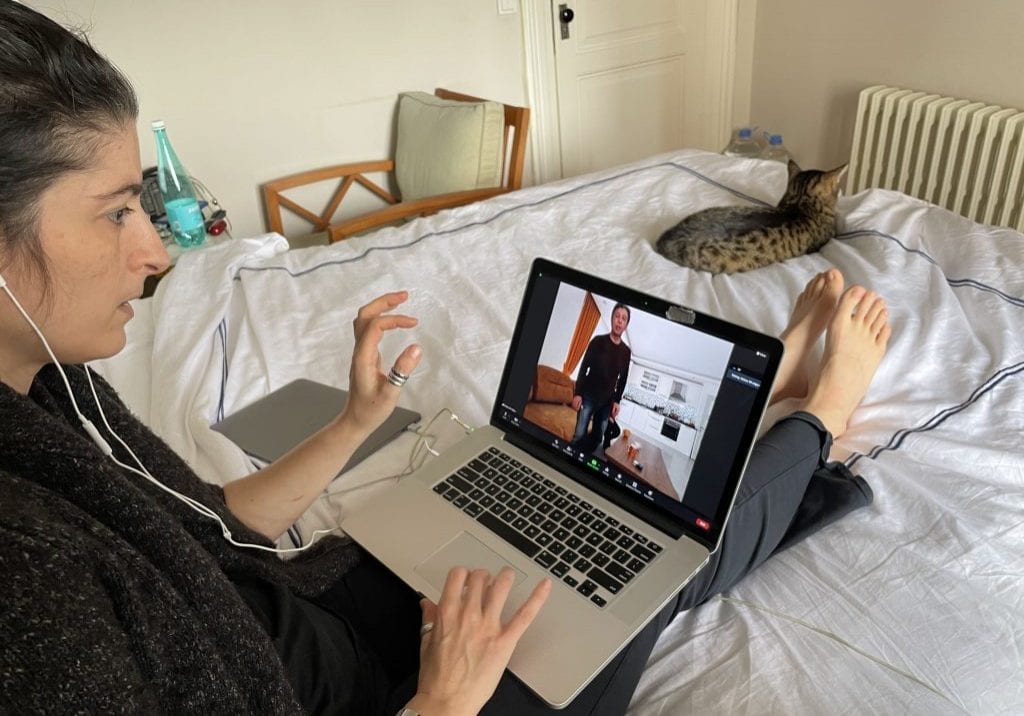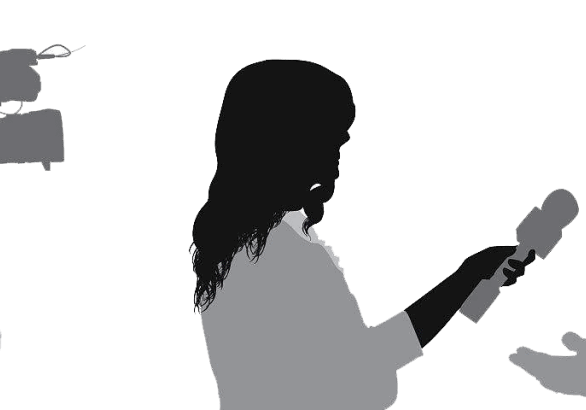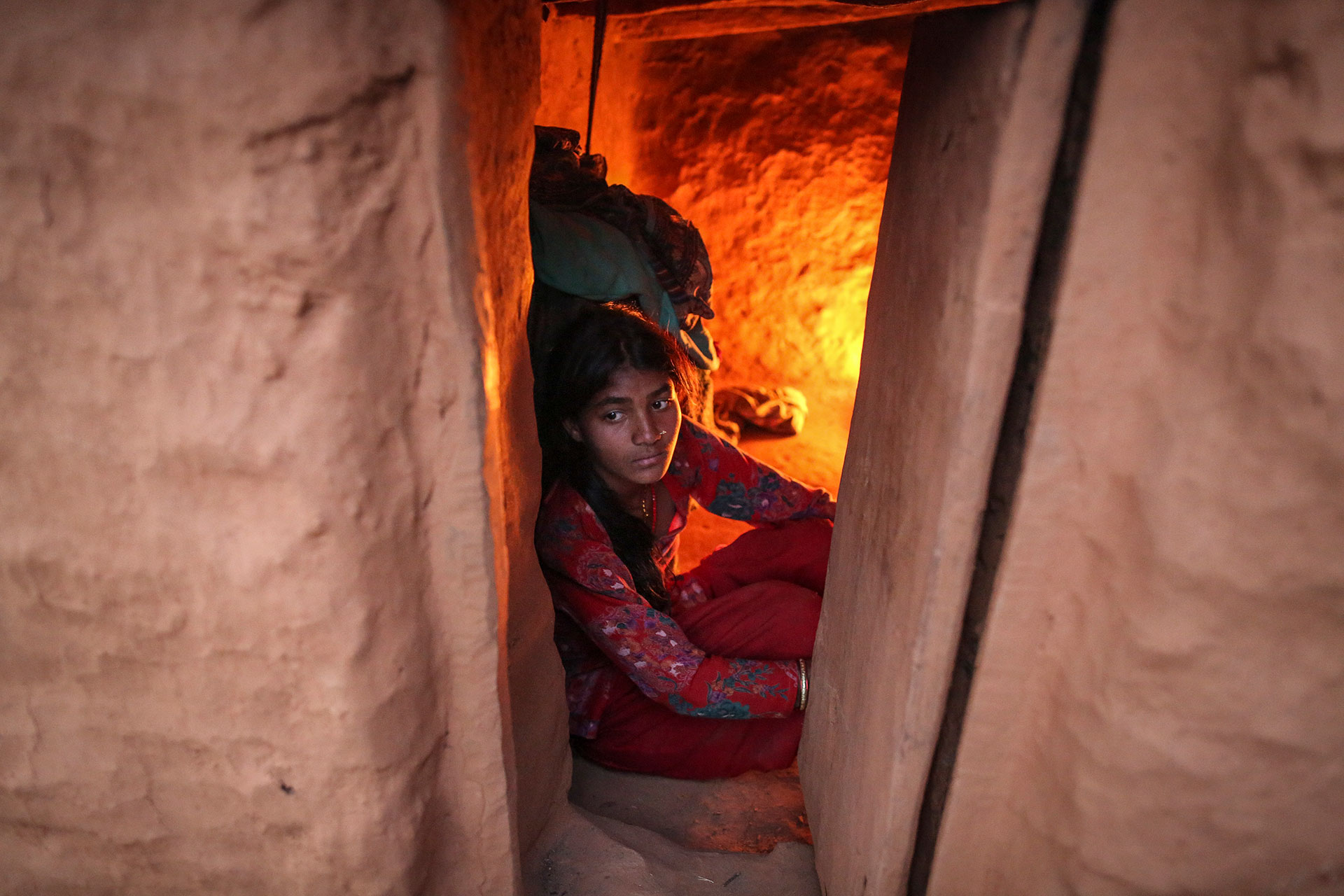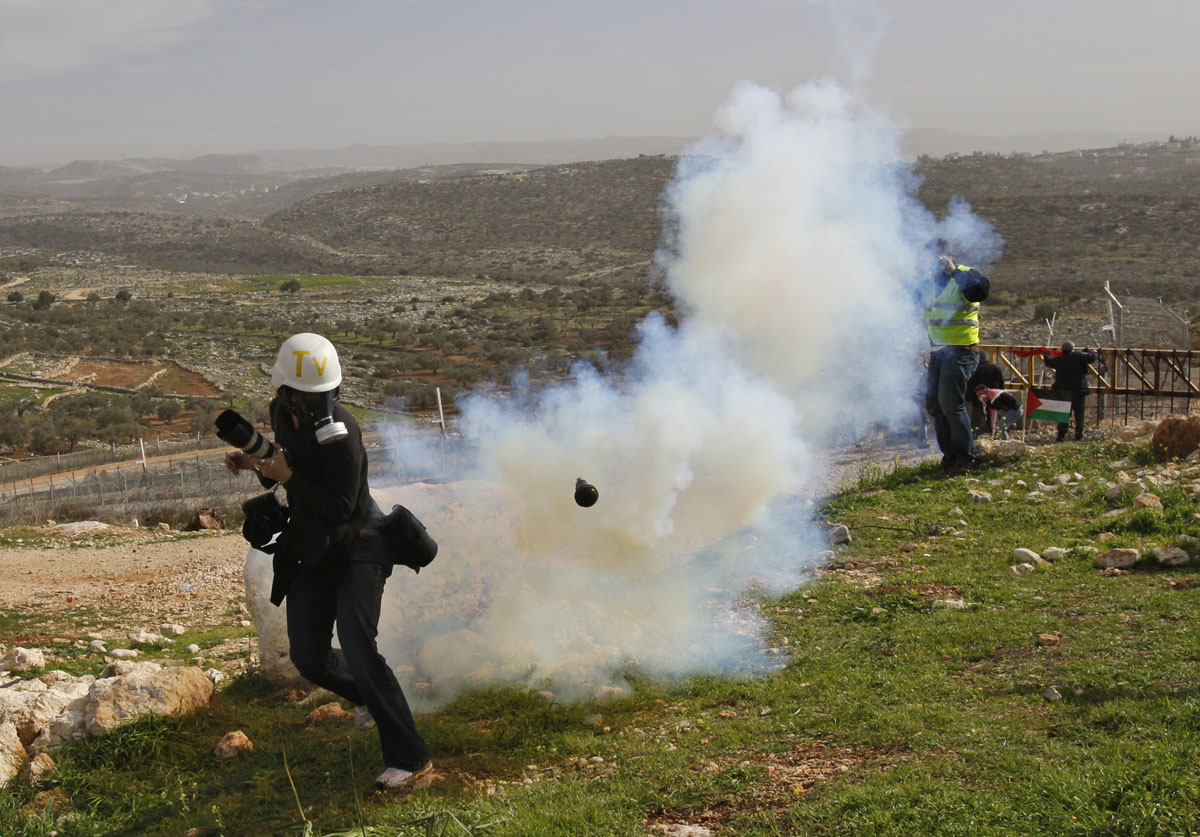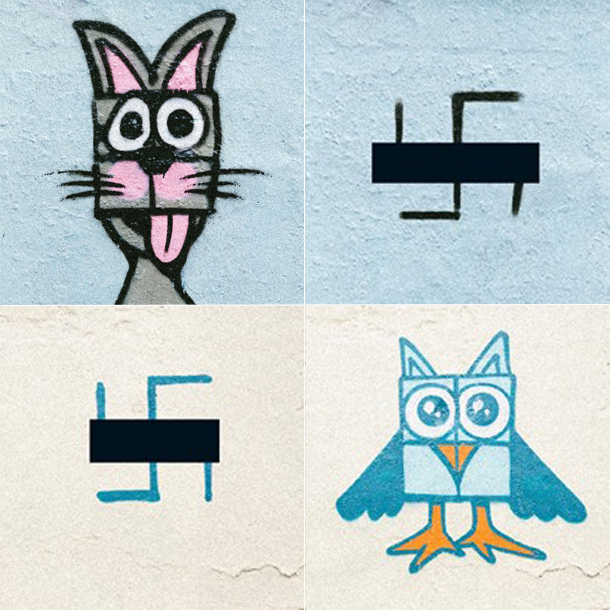A new frontier in socially distanced photography?
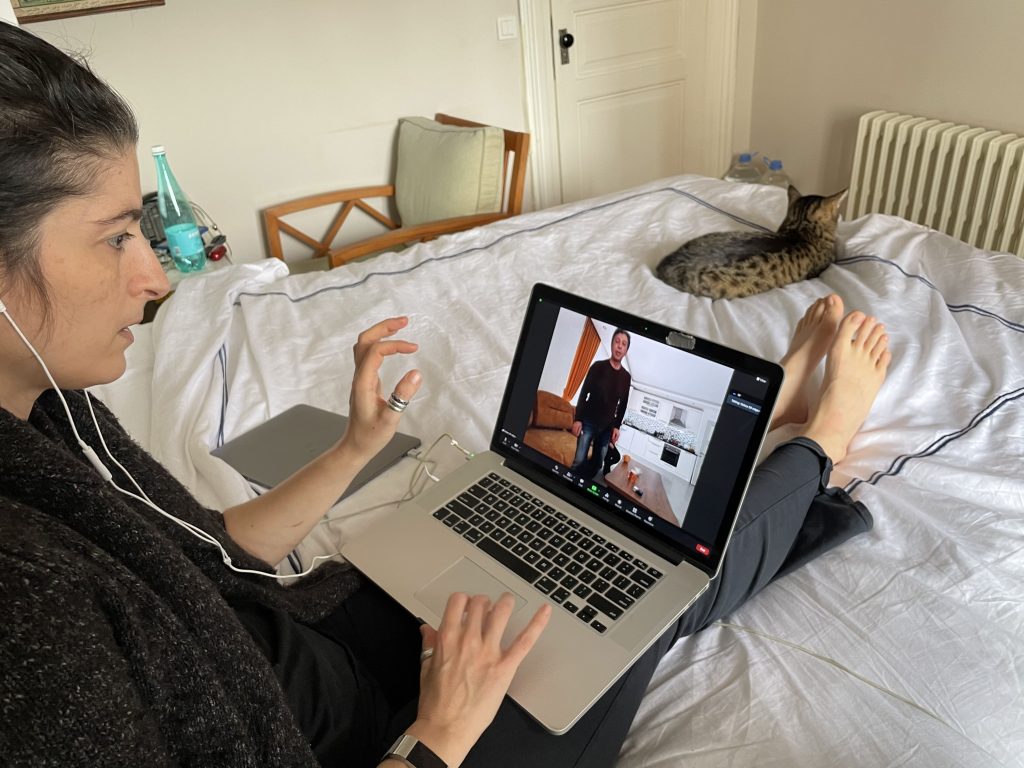
When the photo editor at The New York Times gave me the option of carrying out an assignment remotely, I was naturally curious.
The three people I was to feature were worried about having their location disclosed for security reasons. It might have been possible for me to get to them, but I had never tried a remote photo shoot, and with all of us trying to minimize travel because of COVID-19, I wanted to give it a shot. In order to do it right, I spent a good amount of time researching different options. Now that the article has been published I wanted to share what I learned.
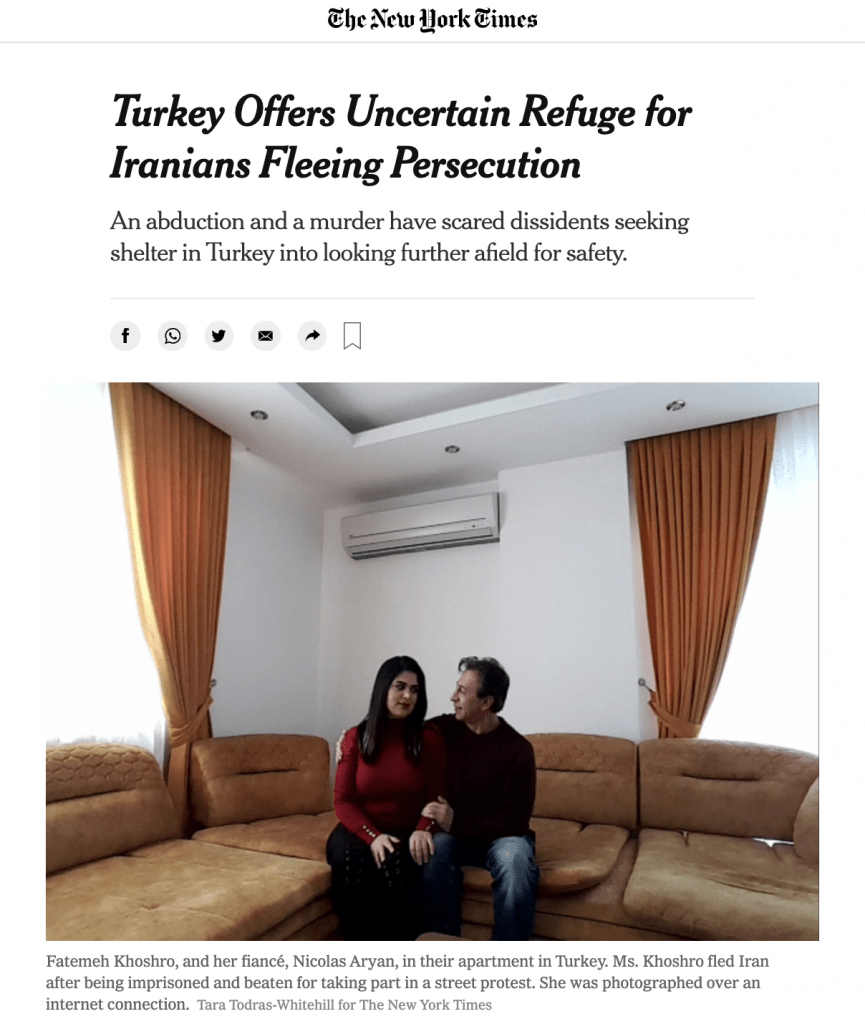
So how to actually, practically, do it?
My Research
I found a lot of tips and articles for people who did remote work in places like NYC, or where the people being photographed had good equipment themselves.
But we were going to be working with minimal tools – my subjects only had Android phones.
The day before I set up pre-interviews with the subjects and I did a lot of tests.
I tried my DSLR shooting the screen but I got too much of a Moiré effect, so I decided against that. Some other people have had success using film cameras and shooting their screens which you can see here.
I then tried my iPhone 12 Pro in the same way, which was better because it has a ‘live’ function so some of the photos didn’t have the Moiré effect. But the quality still wasn’t as good as a screenshot.
Another option would have been an app where I could remotely control their camera phones. But both of the subjects had Android phones and I had an iPhone – and there aren’t any apps whch I found that work for both.
You can also have your subject share their screen on a Zoom call, then start their camera, but you still need to get someone to press the shutter or have it done remotely. To me, it really only makes sense if your subject has a remote control clicker. So all those ideas weren’t possible this time around. Maybe for the next shoot.
Also, if we’d both had iPhones we could have used an app like Closapp or Facetime, which was recommended in other articles for remote shoots.
That said, one of my subjects, Somayeh, needed to use a translator, so there were three people on the call and Facetime wouldn’t have worked because it limits your phone video if you have more than two people on at once.
So what did we do? I decided to take screenshots because when I compared all the different pictures in Photoshop, that was the clear winner in image quality. And we did what millions of people in lockdown have been doing every single day. We used Zoom. 😂
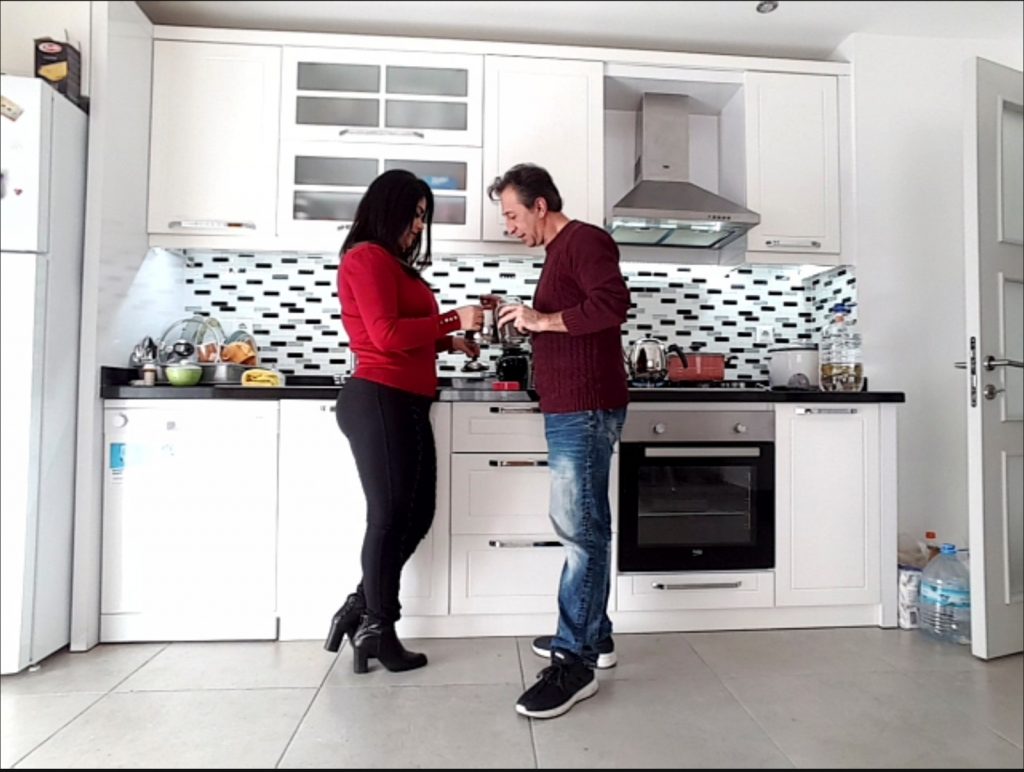
The Shoot
NOTE: Taking screenshots works as long as you don’t have to blow up the pictures too big. This would NOT work if you were doing a billboard advert! You can see from the article the pictures aren’t the best quality, but they are workable for what was needed.
Since the larger the screen you have, the better the quality of screenshot you get (literally the definition of dots per inch), I used a 15-inch laptop on my side of the call.
Neither Fatemeh and Nic, nor Someyah, had laptops, so we had to work with their phones. Phones tend to have better cameras than laptops typically, but a laptop would have been helpful if we could have set up the shot with the computer, and then they could have taken a physical photo from the same place with their phones.
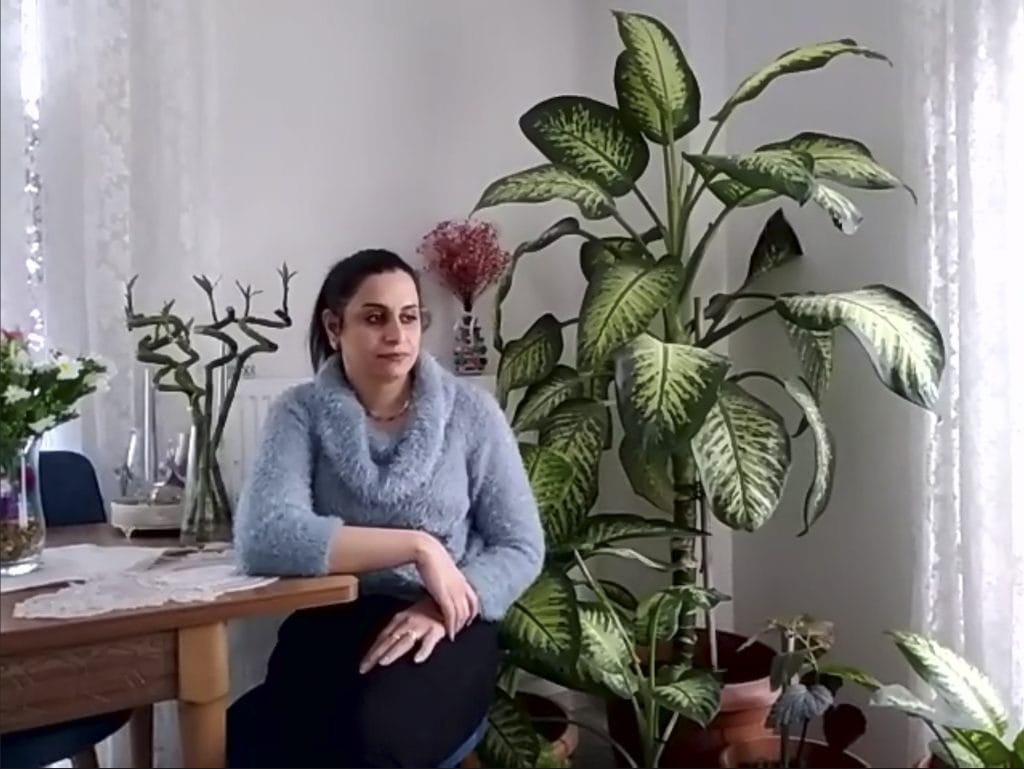
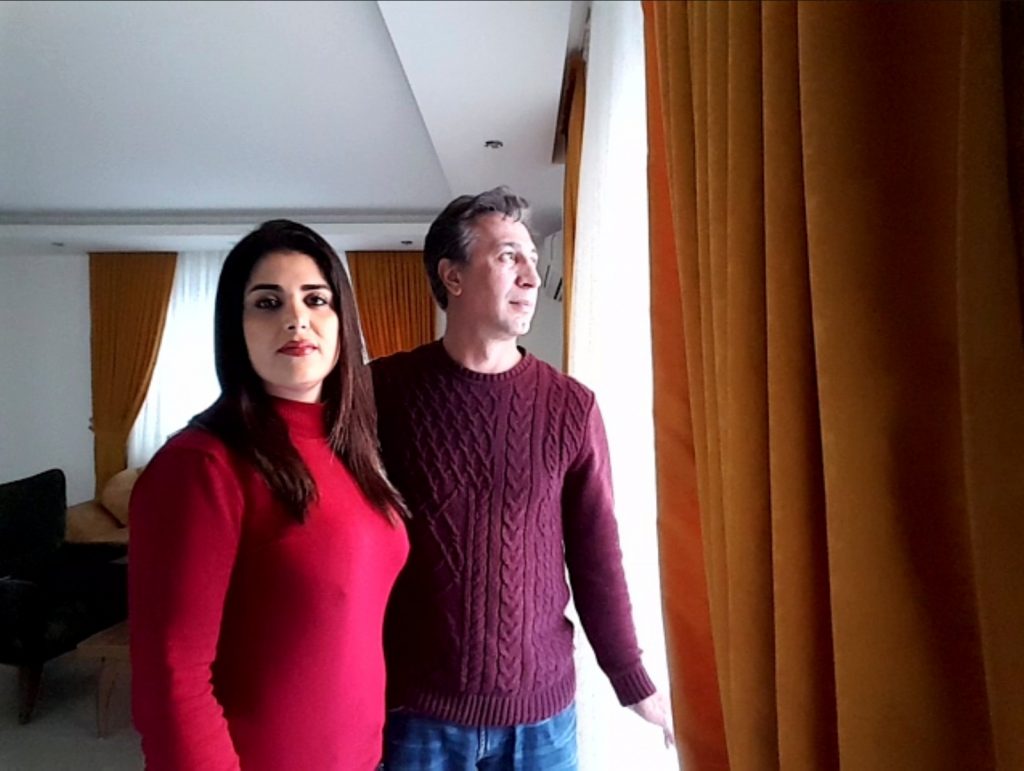
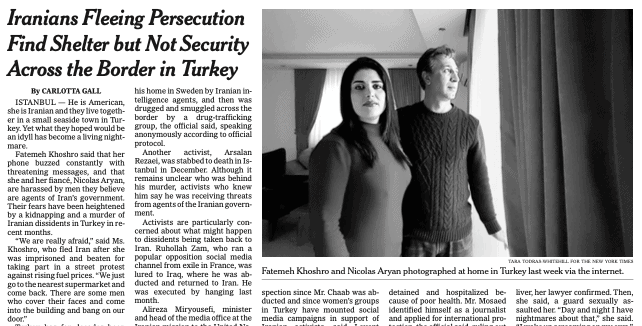
You can also note that the quality of the photo with Someyah isn’t as good as with Fatemeh and Nic. I think that is because of her phone, but also because of the connection where she was. We tried to use both her phone data and wifi, but neither was great. The best I found was to have her stay very still because then the video software can stop guessing at her movements and the image became crisper.
I figured out how to change my screenshot to a .tiff to maximize the file size, and how to save screenshots to a folder of my choice so it didn’t overwhelm my desktop. If you’re interested in that check out the video below.
Typically I try to find interesting lighting, so we experimented with taking photos when the natural light was brightest in their apartment. That turned out to be hard because the Zoom app compensates for harsh light, and it didn’t work as well. We had to try a few different times during the day to see what worked best, and it turned out that afternoon light which wasn’t direct was optimal for both.
I didn’t do any editing to the photos because of the resolution available. I just cropped out the Zoom logo saved it as a jpeg.
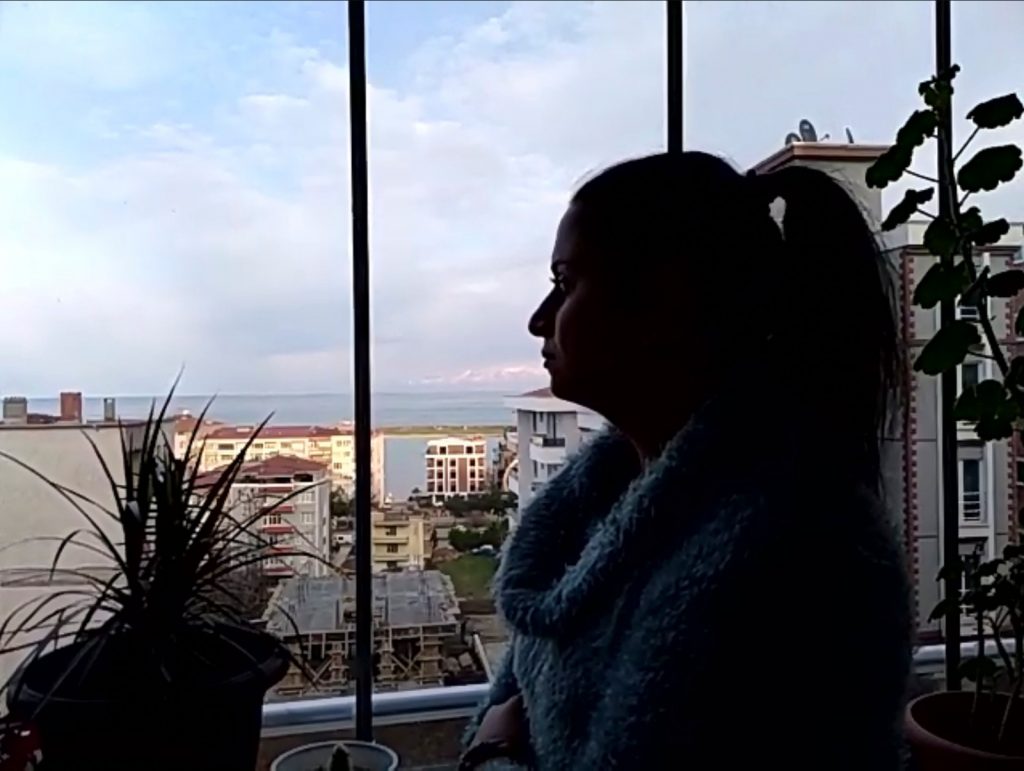
Special considerations – working with vulnerable populations
It’s always important to establish a rapport with your subjects and to make them feel comfortable with you. It’s even more so with vulnerable populations. When I typically work for places like The NY Times, the writer or producer has already made contact and chatted with the subjects a bit, but even then I always try to start with just chatting with them for a while so they get to know me.
I recognize that what I am doing with my camera – even remotely – can be intrusive, and so if they don’t feel comfortable with me, then the shoot won’t look as good. And I’m typically asking for a lot of time from them, so I want them to want me there.
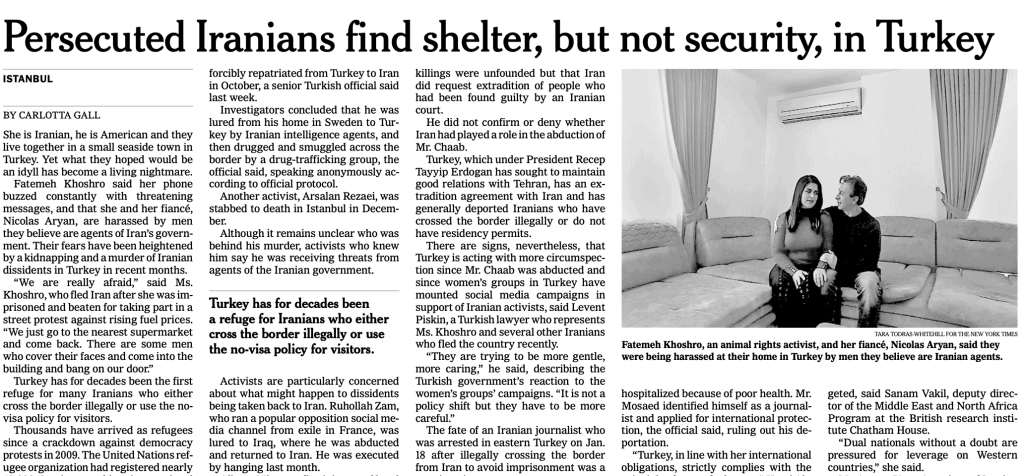
Even in the middle of a shoot, I’ll often stop for a while and just continue to chat so they are put at ease again. If they feel comfortable telling me their story about why they are being profiled for the article, I listen because I realize that it’s important for them to feel like they can say what they want to say.
And I want to hear their story.
I think learning about people and their lives is part of why I love my job so much.
For this article, I knew that security was an issue for all the subjects. So for instance, with Fatemah and Nic, I knew they had been worried about people following them and rarely go out, except to the supermarket. So when we started the conversation about the shoot, I didn’t ask them if there were any outdoor places we could go because I thought that might make them nervous considering their situation. At the very end of the shoot, Nic suggested going out onto their balcony for a few minutes which we did, but I made sure that it was something that he was ok with.
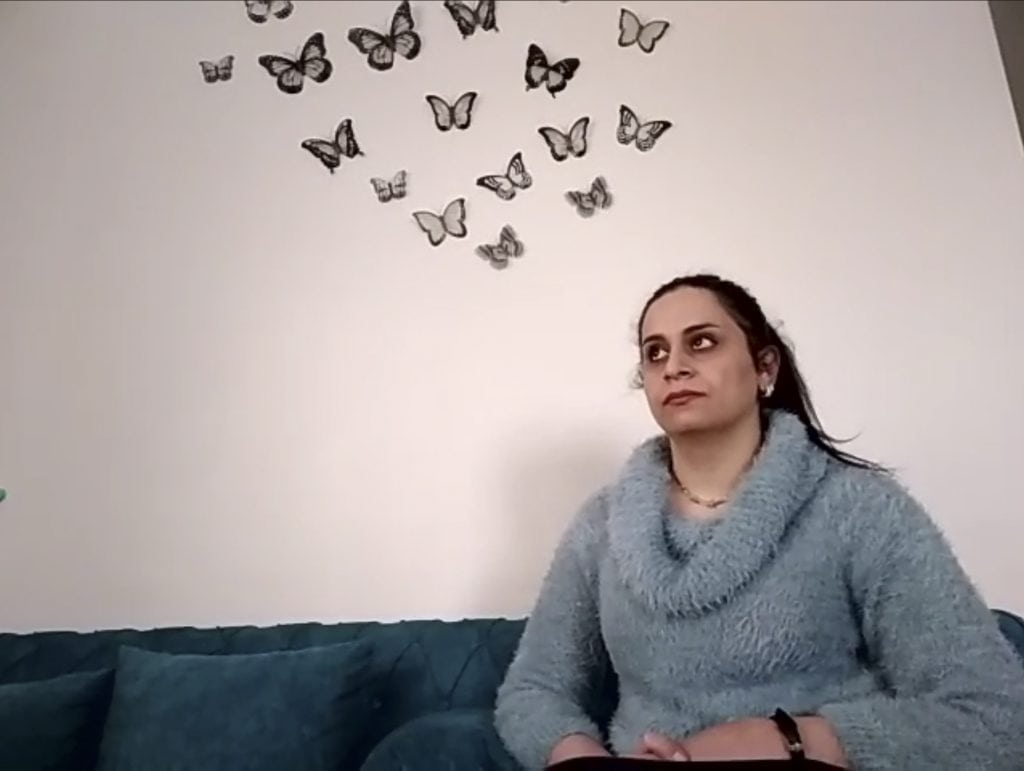
The same with Someyah. When I first talked with her she was alone in her apartment, which was pretty bare. I was worried about trying to find a good photo there, but I also didn’t want to ask her if there was anywhere else that she could go because I didn’t want to push her outside of what she felt comfortable with. But then later in the day she mentioned she was going to her friend’s house and I asked if we could continue the photoshoot there. That ended up being better because there was someone else that could hold the camera, and there were more options for different backgrounds.
But always check-in and make sure that the subjects are comfortable. If you’re actually in the place where you’re taking photos, you can feel the emotions more and see the body language. But it’s a lot harder to do that with a remote photoshoot – so it requires you to talk more and ask how they are doing more. And also to continually thank them for their time! 🙂
Finally, many times there are things that a subject will not feel comfortable with – perhaps they decide they don’t want their faces or their kids’ faces shown, etc. Whatever that is, we discuss the limitations and we figure out how to work with it – I never blur in post-production because that goes against photojournalists’ ethics of changing an image, and I want to make sure I keep the integrity of the shoot. So sometimes we can shoot them from behind, keep their face in the shadows, show just their hands, or objects that represent them. Maybe they will be ok with those options, and maybe they won’t.
I always want the subjects to feel comfortable and safe first and foremost, and then my objective is to get the best photo possible given those limitations.
Final Tips
- Once you know what/who you are going to shoot remotely, set up a time to do a video chat before the actual shoot. Ask the person to show you around the possible locations and if their place is very bare, ask if there is potentially another option (if you think they would be comfortable with that).
- Typically photographers can rely on light to make photoshoots more interesting, but with screenshots, the quality is much lower and it might not be possible to play with the light. So you have to rely on the environment and the poses of the people to make the photo compelling.
- Also, subjects might assume some environments are uninteresting or not good for the shoot, for example, if a room is messy, or seems not interesting to them. Ask them if they feel comfortable showing you everything that is possible because you as the photographer may see things that they won’t – such as an interesting mirror or reflection.
- Try to work on the biggest monitor possible because, as I mentioned before, literally, the size of your screen is going to be the size of the shot.
- Try to ask your subjects not to move very much because the video conferencing app is trying to extrapolate data points as to where the people are and it degrades the quality of the picture.
- Ask your subjects not to wear complicated patterns or shirts as it will blur and give an undesired effect to the final image.
- If there is someone else there, not in the shot, that can hold the camera – that is ideal!
- No matter what way you take a picture remotely, make sure to test each option first and open the pictures in Photoshop or whatever editing program you have – before the shoot proper – because you won’t be able to see exactly what it looks like until then. If you look at it as a preview on your phone, camera, or even laptop without a real editing program you might be unpleasantly surprised when you actually go to edit.
Have you completed any remote assignments? How did you do it? How did it work? Tweet at me: @TaraTW, and join the conversation on our Master Visual Storytelling Facebook group.
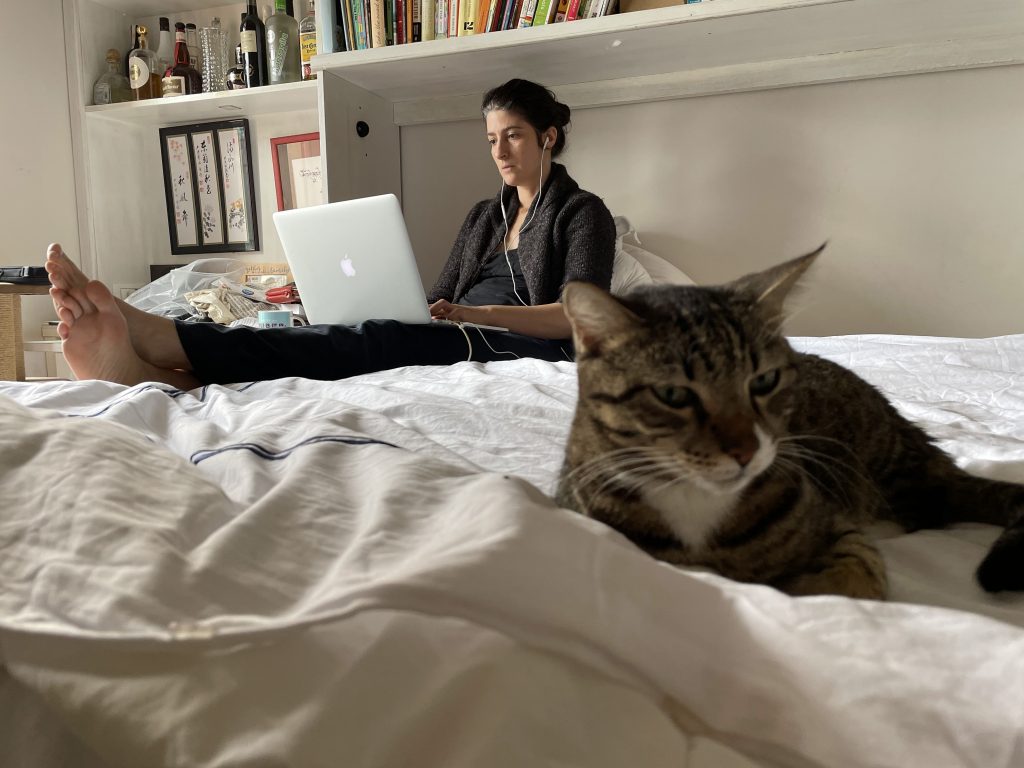
Newsletter
Want to get my tips on becoming a better visual storyteller?
Recent Posts
If you liked this post, check out these:
Subscribe to myNEWSLETTER
Keep up to date with my photography related news.
